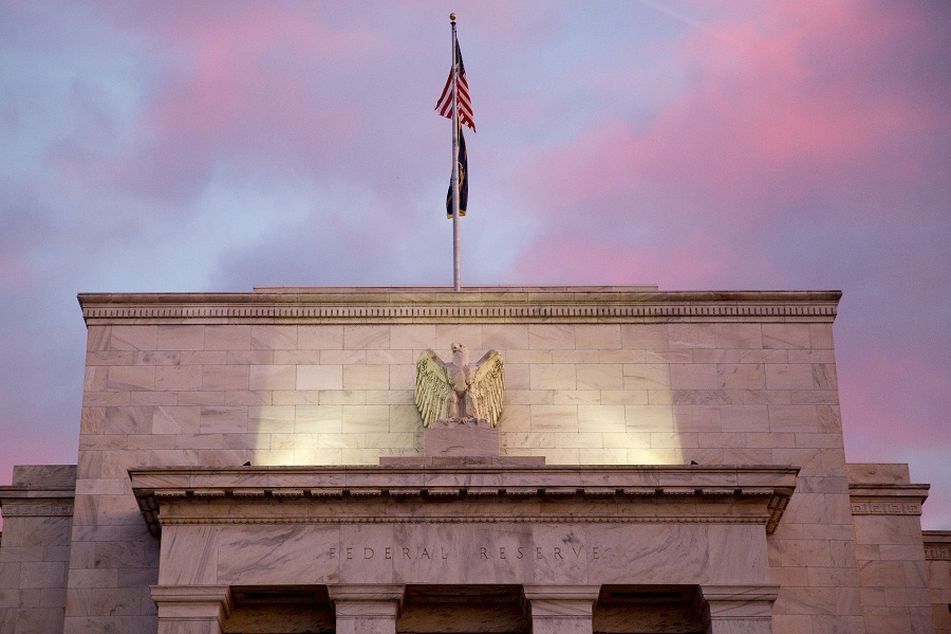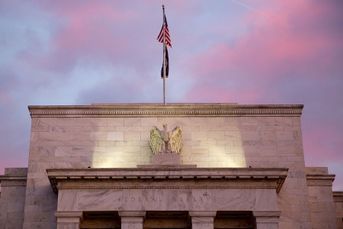One-and-done: Does the Fed follow college basketball?

The question shouldn't be when will the central bank raise rates, it should be whether it's beginning a long march to higher rates
The calendar says late March, which for many means all college basketball, all the time. Investors around the country welcome the chance to focus on March Madness and stop worrying about interest rates and the next move by the Federal Reserve. Maybe it’s OK to watch endless hours of basketball as long as one also remembers the phenomenon known as “one-and-done.”
For folks who are not basketball fans, or who live on Mars, one-and-done refers to the relatively recent rule that requires at least one year of college before a player can declare for the National Basketball Association draft and turn pro. Some schools, including No. 1 ranked Kentucky, have become known for showcasing absurdly talented freshmen and then saying good-bye as they turn pro. And then doing so again with a fresh crop the next year. And the year after.
As for the Fed, it is implied in most analysts’ views of interest rates for 2015 and beyond that a rate hike by the Fed will represent the commencement of a period of steady tightening that will propel the cost of money ever higher. History supports this point of view as under previous Chairs Ben Bernanke and Alan Greenspan, interest rate changes were signaled in advance and came at a predictable, lockstep pace.
THREE STEPS AND A TUMBLE
The most recent moves by the Fed in adjusting the Federal Funds rate were 10 cuts between September 2007 and December 2008. The most recent tightening moves were seventeen (17!) increases between June 2004 and June 2006.
Fed watchers from the pre-algorithmic trading era know the value of the old maxim “three steps and a tumble,” which means the Fed makes a move, and nothing happens in other markets, does it again, and nothing happens and then after the third move…watch out!
With Janet Yellen as chair, the Fed has made it clear that an increase in the Federal Funds rate is coming this year. Will it be in June or September? Who cares? The real question is: Will the next rate hike be the start of a long march to higher rates, or will the Fed be one-and-done?
A single rate increase would represent an important milestone and would deliver some crucial messages including:
• The decisive end to the financial crisis and the quantitative easing experiment.
• Signaling that the United States is not going to go into the negative yield territory that is gripping many other advanced economies, at least not if the Fed can help it.
• Giving the Fed some ammunition in case a future crisis requires a future cut.
• Indicating the Fed believes it can get inflation up closer to its target even as hints of deflation appear all over the place.
The goals above would all be accomplished with one teensy-weensy increase in the Fed Funds rate to 25-50 basis points from the zero-25 basis points it has sat at since December 2008. Further increases beyond a one-and-done would not have the impact or symbolism of the first move and would pose new risks that the Fed may want to keep off the table. For instance:
• The Prime rate tends to follow Fed Funds. Prime has been at 3.25% since December 2008. Assuming it goes to 3.5% with the Fed’s next move, do they really want to increase cost of consumer borrowing beyond that?
• Is the housing market so stable that increases in mortgage rates would be a good thing for the economy?
• Is the labor market so strong, even with unemployment numbers that have been coming down, that the Fed wants to put on the brakes?
• Most importantly, does the Fed want a dollar that is even stronger than it is today?
While we don’t know if Janet Yellen and the other governors filled out NCAA brackets this year, there are some good reasons for them to take a one-and-done approach to rate hikes.
Now you may all watch more basketball.
David F. Sand is chief investment strategist at Community Capital Management Inc.
Learn more about reprints and licensing for this article.




